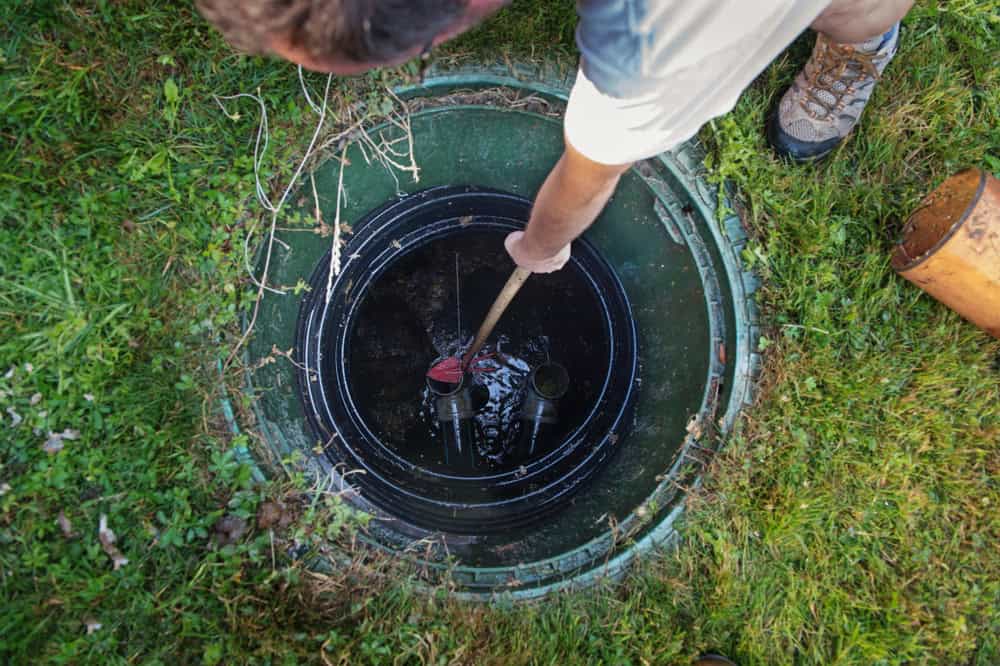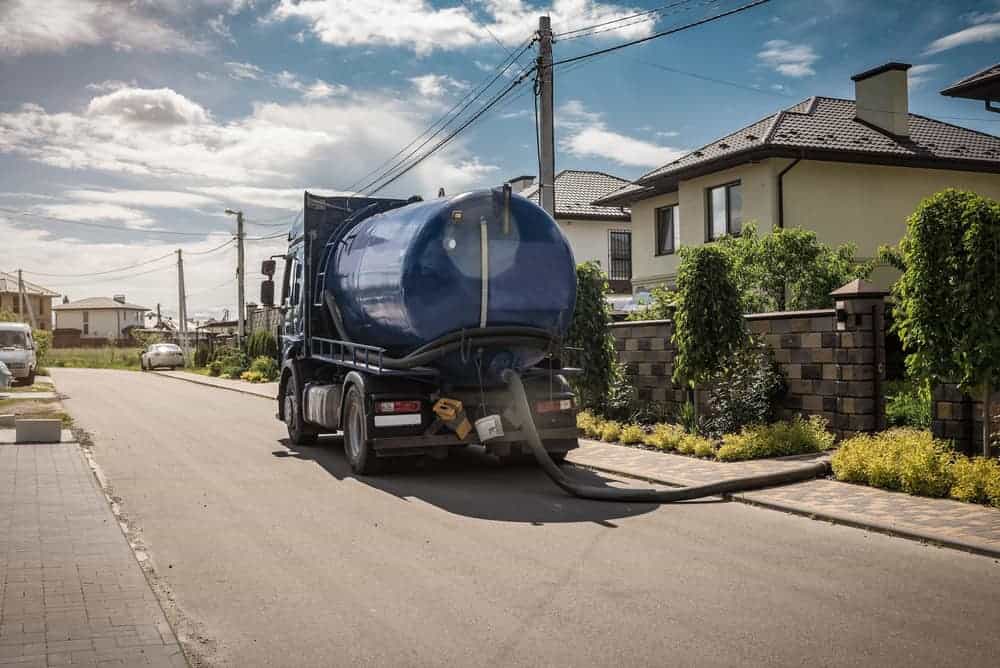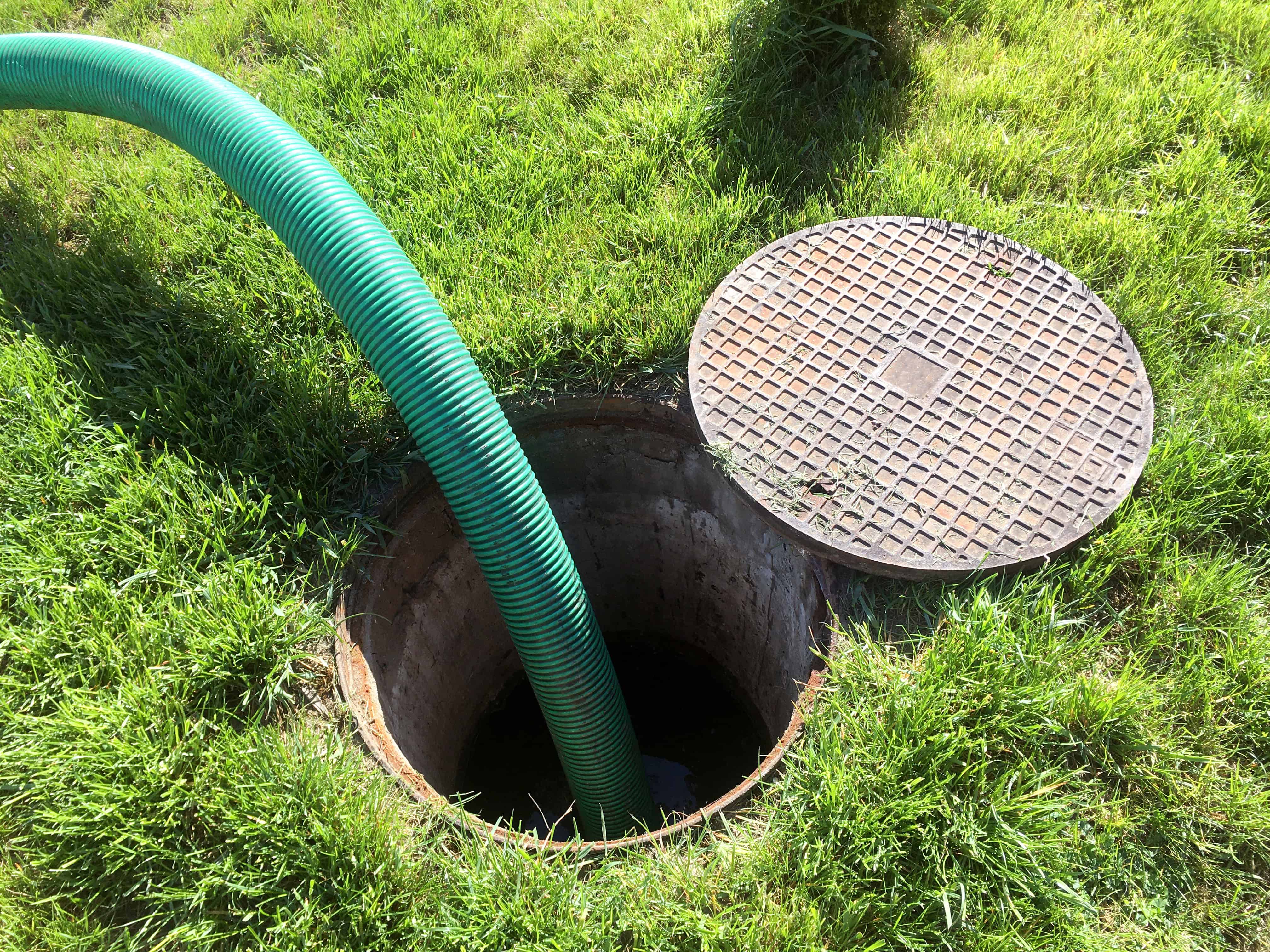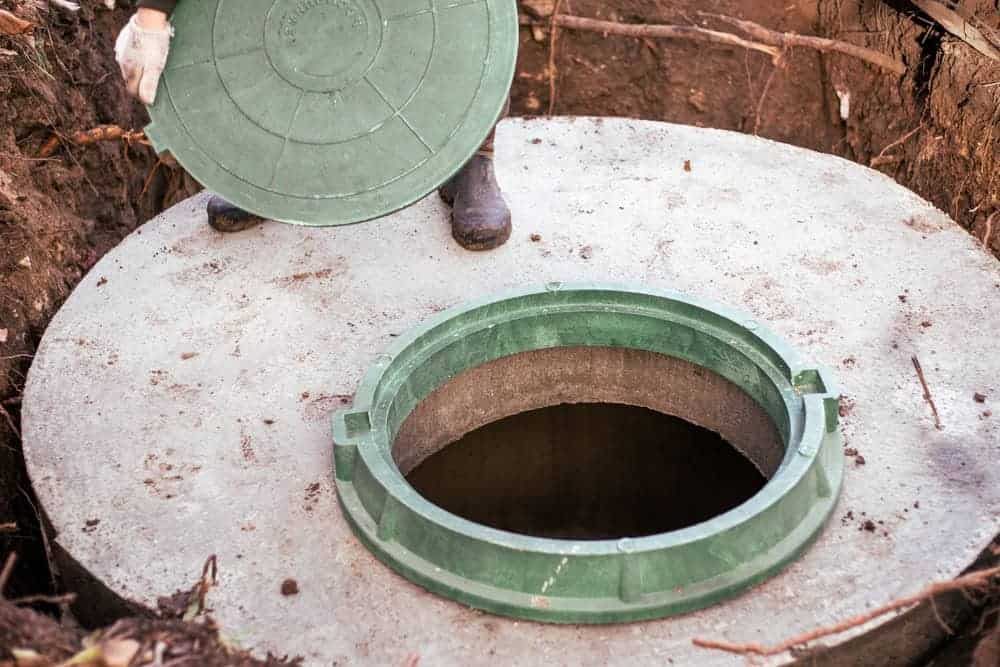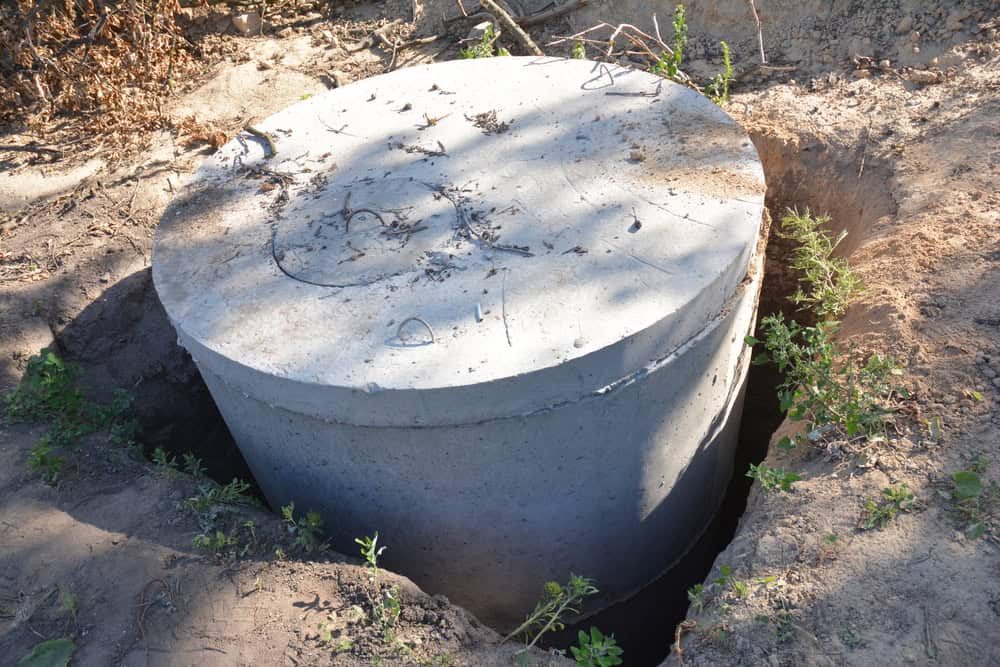Summary:
Perform Regular Visual Inspections Around Your Septic System
Small septic system issues often go unnoticed until they develop into substantial, unpleasant, and costly problems. Ignoring the early warning signs means you might face a system backup when you least expect it, potentially costing you hundreds, or even thousands, in emergency cesspool repair or septic repair fees. Performing regular visual inspections of your septic tank area and drain field is your first line of defense against such surprises. Routinely checking these areas allows you to spot developing problems. Look for pooling water or persistently soggy spots on the ground near your tank or drain field; this isn’t just a puddle. It could indicate your drain field is saturated and failing to absorb wastewater correctly. This condition might lead to wastewater surfacing, a clear indication that you may need professional cesspool service. Such saturation can cost you significantly if the entire drain field requires replacement, a project that can run from $5,000 to $20,000 or more. Also, be alert to foul odors, specifically a sewage smell near the tank or drain field, which suggests gases aren’t venting as they should, or wastewater is escaping. This is more than unpleasant; it’s a signal your system is struggling. Another sign can be unusually lush, green patches of grass directly over your drain field, especially during dry periods. This suggests wastewater is over-fertilizing the area due to a leak or system overload and can be a precursor to more severe septic repair needs. Don’t forget to note slow drains or gurgling sounds from toilets and sinks indoors; these are early warnings that your tank might be full or a blockage is forming. Identifying these signs early means you can address them before they escalate into a full-blown system failure, saving you from a $1,500 emergency pumping fee or a $10,000 drain field catastrophe, and allowing you to schedule routine septic service on your terms.
Practice Mindful Water Usage to Protect Your System
Your septic system has a specific capacity for treating and disposing of wastewater each day. Overloading it with excessive water flushes solids into the drain field before they can properly break down within the tank. This leads to clogs and premature failure of the drain field, which could then require a costly cesspool repair. Constant hydraulic overload can shorten your system’s lifespan by several years. Therefore, being conscious of your household water consumption is a cornerstone of good septic maintenance. First, fix leaks promptly. A running toilet can waste up to 200 gallons of water a day, pushing unnecessary volumes into your septic system. A leaky faucet might waste 3,000 gallons a year. Addressing these issues can significantly reduce strain. Second, consider installing high-efficiency fixtures. Toilets can account for nearly 30% of your household water use. Replacing an older 3.5-gallon-per-flush toilet with a WaterSense-labeled model using 1.28 gallons per flush or less can save a family of four over $140 annually on water bills and reduce the load on the septic system by over 10,000 gallons each year. Low-flow showerheads can also cut shower water use by about 2,700 gallons per year for each person in your home. Third, spread out water-intensive tasks like laundry. Aim for one or two loads of laundry per day rather than saving it all for one day. This approach allows your septic system time to treat wastewater effectively and gives the drain field adequate time to absorb it, preventing overload. A single large laundry day can send hundreds of gallons of water into the system at once. Reducing your water input by 20-30% can extend the period between necessary septic tank pumping sessions by months, potentially saving you $300-$600 per pump-out. It also lessens the chance of solids being washed into the drain field, preserving its absorptive capacity and potentially adding 5-10 years to its operational life. This proactive approach is a key part of effective cesspool maintenance.
Implement Proper Waste Disposal Habits
Your septic system has a specific capacity for treating and disposing of wastewater each day. Overloading it with excessive water flushes solids into the drain field before they can properly break down within the tank. This leads to clogs and premature failure of the drain field, which could then require a costly cesspool repair. Constant hydraulic overload can shorten your system’s lifespan by several years. Therefore, being conscious of your household water consumption is a cornerstone of good septic maintenance. First, fix leaks promptly. A running toilet can waste up to 200 gallons of water a day, pushing unnecessary volumes into your septic system. A leaky faucet might waste 3,000 gallons a year. Addressing these issues can significantly reduce strain. Second, consider installing high-efficiency fixtures. Toilets can account for nearly 30% of your household water use. Replacing an older 3.5-gallon-per-flush toilet with a WaterSense-labeled model using 1.28 gallons per flush or less can save a family of four over $140 annually on water bills and reduce the load on the septic system by over 10,000 gallons each year. Low-flow showerheads can also cut shower water use by about 2,700 gallons per year for each person in your home. Third, spread out water-intensive tasks like laundry. Aim for one or two loads of laundry per day rather than saving it all for one day. This approach allows your septic system time to treat wastewater effectively and gives the drain field adequate time to absorb it, preventing overload. A single large laundry day can send hundreds of gallons of water into the system at once. Reducing your water input by 20-30% can extend the period between necessary septic tank pumping sessions by months, potentially saving you $300-$600 per pump-out. It also lessens the chance of solids being washed into the drain field, preserving its absorptive capacity and potentially adding 5-10 years to its operational life. This proactive approach is a key part of effective cesspool maintenance.
Recognizing When to Call a Septic Professional
Your DIY efforts are excellent for the day-to-day care of your septic system, but these systems are complex. Ignoring signs that require professional attention, or attempting tasks beyond your scope—like opening the septic tank lid yourself, which can be dangerous due to toxic gases and structural risks—can lead to bigger, more expensive problems, or even safety hazards for you and your family. Delaying a necessary cesspool pumping can cause solids to overflow from the tank into your drain field, leading to irreversible damage that can cost thousands to fix. Therefore, recognizing the limits of DIY and knowing when to call for professional septic service is just as important as your own maintenance efforts. You should call a professional if you notice persistent slow drains or backups despite your efforts to reduce water usage and properly dispose of waste. Recurring foul odors in or around your home are another red flag. If you see water pooling or unusually green grass around the tank or drain field that doesn’t resolve, it’s time to call. A general guideline is to have a professional septic tank pumping every 3-5 years, though this frequency depends on your tank size, household size, and water usage. Before buying or selling a home with a septic system, a professional inspection is vital. Finally, if you suspect any damage or are unsure about a particular issue, it’s always best to get professional advice. Professionals have specialized equipment for tasks like septic tank pumping to safely remove accumulated sludge and scum, which DIY methods cannot achieve. This removal is critical to prevent solids from entering and clogging the drain field. They also conduct thorough inspections to assess the health of your tank, baffles (devices that slow wastewater flow and prevent solids from exiting the tank), and potentially the drain field, identifying issues like cracks, root intrusion, or blockages. They can perform cesspool repair or septic repair for damaged components and provide expert advice specific to your system and usage. Companies like Quality Cesspool on Long Island are equipped to handle these essential tasks.
The Advantages of Using Professional Septic Services
You might think you’re saving money by avoiding professional septic service, but in reality, skipping regular maintenance like septic tank pumping can lead to catastrophic system failures costing thousands of dollars. A neglected system doesn’t just fail; it can also contaminate groundwater and create health hazards on your property. Investing in regular professional cesspool service provides significant long-term value and protection for your property and finances. Professionals bring tools and knowledge you don’t possess. For instance, they can accurately check scum and sludge levels with a specialized tool called a “sludge judge” or a core sampler, determining the precise need for septic tank pumping. They inspect critical components like inlet and outlet baffles; a damaged baffle, which might only cost a few hundred dollars to repair, can quickly ruin an entire drain field if ignored, leading to a $10,000+ replacement. This level of inspection can identify such problems early. Professional septic tank cleaning or pumping removes nearly all accumulated solids from your tank. This isn’t just about emptying the tank; it’s about removing the waste that, if left, will inevitably clog your drain field. They use powerful vacuum trucks and know how to properly dispose of the septage according to Long Island’s environmental regulations. If issues like slow drains persist, professionals can perform diagnostic tests, such as camera inspections of pipes ($300-$700) or soil percolation tests for drain field issues. They are equipped to execute complex cesspool repair or septic repair tasks, from fixing broken pipes to addressing drain field saturation using techniques like hydro-jetting ($400-$1000) to clear stubborn blockages. Many reputable companies also keep records of your septic service history and can remind you when maintenance is due, helping you stay on a healthy schedule and providing greater confidence in your system’s operation.
Choosing the Right Septic Service Provider on Long Island
Not all septic service providers on Long Island offer the same level of skill, equipment, or honesty. Selecting an inexperienced or unscrupulous company can lead to incomplete pumping, suggestions for unnecessary work, or even damage to your system, ultimately costing you more in the long run. Choosing a well-regarded and experienced provider for your septic maintenance and cesspool maintenance is vital for obtaining value and appropriate care for your system. When looking for a provider like Quality Cesspool, contact us first verify they hold current licenses to operate in Nassau or Suffolk County and carry appropriate insurance. This protects you from liability. Look for companies with a long history of serving Long Island and positive customer reviews or testimonials. Asking neighbors for recommendations can also be helpful. Inquire about their experience performing septic tank cleaning and cesspool repair in your specific area. Consider if they offer a wide array of services, including inspections, septic tank pumping, septic repair, cesspool pumping, and cesspool repair. A provider who can handle most issues that arise is generally preferable. A good provider will clearly explain the condition of your system, what services are needed and why, and provide transparent pricing before work begins. They should not pressure you into services you do not need. Ask if they pump the tank completely or just a portion. Also, inquire about their septage disposal practices; they must follow all local environmental regulations. Choosing a provider like Quality Cesspool, which serves Long Island, suggests familiarity with local soil conditions, regulations, and common septic issues specific to the region, helping to achieve proper system care.
Sustaining Your Septic System's Health Through Diligence and Professional Care
Maintaining your septic system is a partnership between your diligent DIY efforts and scheduled professional attention. By regularly conducting visual checks around your tank and drain field, being mindful of your household water consumption, and ensuring only appropriate waste enters your drains, you, as a Long Island homeowner, can significantly reduce the likelihood of expensive backups and premature system failure. These actions are fundamental to effective septic maintenance. However, when your system needs more than DIY care, such as routine septic tank pumping, or if you suspect a problem requiring septic repair or cesspool repair, do not delay in seeking professional assistance. For dependable septic service and cesspool maintenance on Long Island, consider reaching out to a trusted provider. Proactive care is your best defense against costly septic emergencies and contributes to the long-term health of your wastewater system.

